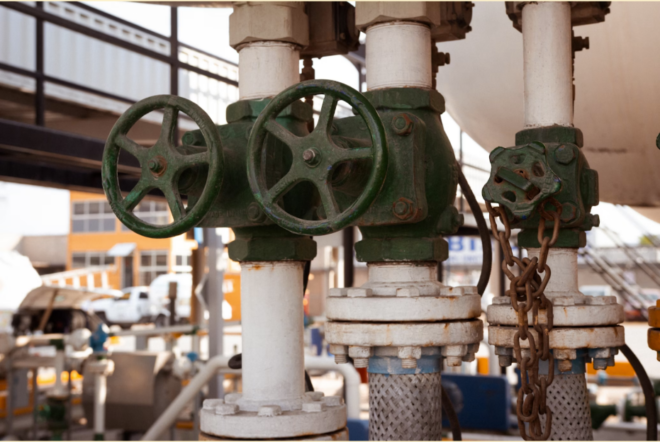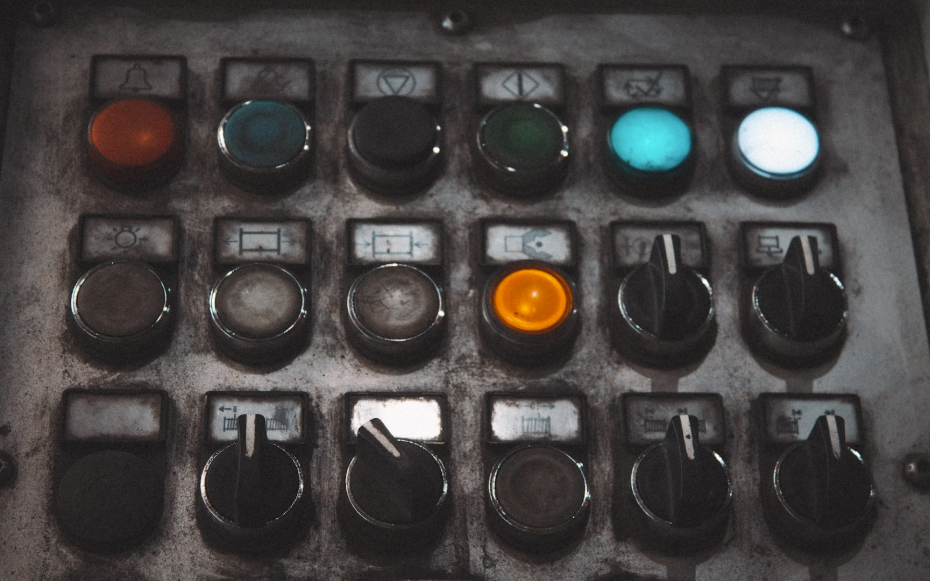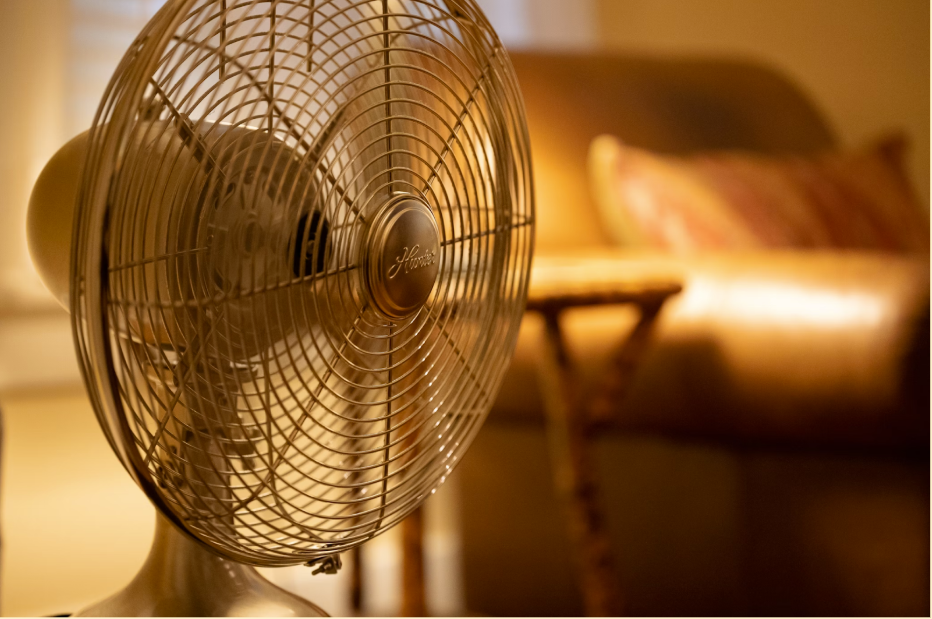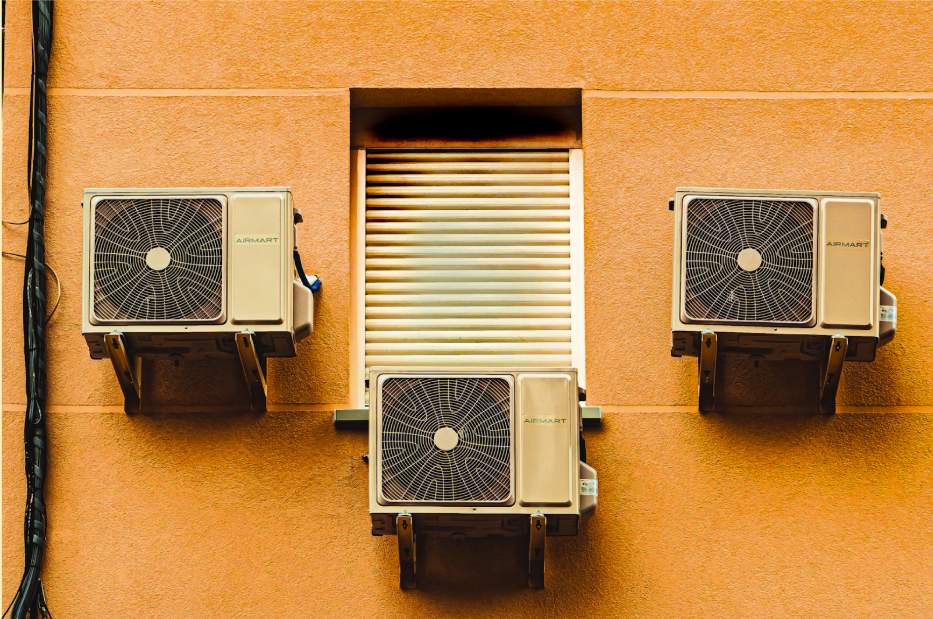

Did you know that understanding how does a gas heater work in a home can help you use it more safely and efficiently?
Understanding its and outs will help you troubleshoot problems, save energy, and avoid accidents.
Plus, it helps you conduct regular maintenance, so you can keep your heater running smoothly and last longer.
Let’s find out how parts of a gas heater turn fuel into airflow.
Before we get into how does a gas heater work, let’s first go over the main components for an easier gas heater installation:
The thermostat is one of the most essential parts of a gas heating system. It acts as the main control for the heating. Think of it as the brain that manages the indoor temperature.
Its main job is to sense the temperature in certain areas, such as your room, and compare it to the temperature you’ve set. Then, the thermostat figures out whether the heating should turn on or off.
You will also find the gas supply and the gas valve. These parts are responsible for safely and properly delivering fuel to the burner.
The gas supply is the propane tank that brings fuel into your home and directly to the furnace. Usually, it’s a black metal pipe that connects straight to the unit.

The gas valve controls how much gas flows through. It’s an electromechanical device that responds to signals from the thermostat.
Rooms are heated using gas heaters by ignition. This is a part that handles the combustion process to produce heat. This burner assembly takes in natural gas, mixes it with air, and ignites it.
Modern furnaces mainly use electronic ignition systems because they’re more efficient and safer, unlike the older standing pilot lights that keep burning all the time.
A heat exchanger is usually a metal box, often shaped like a tube or a clamshell. Its main job is to transfer heat from the combustion gases to the air flowing through your system.
This component keeps the combustion gases separate from the air in your home. It helps prevent dangerous gases, like carbon monoxide, from getting into your home.
This component is integral to the entire gas heating process. Without it, most of the heat from burning natural gas would stay inside the furnace.
Rooms are heated using gas heaters by blowers, distributing heated air throughout the building. It helps keeping the temperature steady for a comfortable setting.
The venting system can be just a simple pipe going through the roof or a more complex setup. It depends on the type and efficiency of the gas heater.
Its main job is to safely carry away the gases made by the heater, like carbon monoxide and water vapor. These gases can be harmful, so they need to be directed outside to keep everyone safe.
Besides the main parts of the gas heating system, there are a few other components involved:

How do gas heaters work? Here is the step-by-step, comprising all the components involved:
Your thermostat monitors the room temperature. When the temperature falls below your selected setting, it closes an internal switch. This allows low-voltage power to flow into the heater.
This action sends a “call for heat” signal through the thermostat wires to the furnace or boiler. The thermostat keeps sending this signal until the room reaches the temperature you set.
When the thermostat calls for heat, the furnace’s control board starts the draft inducer fan. It sends power to the motor, making the fan blades turn.
The fan draws in fresh air for combustion and pushes out flue gases through the vent pipe. This creates a gentle negative pressure inside the chamber, helping to clear out any leftover gases.

A pressure switch checks the airflow. Only when it confirms proper airflow does the control board allow the ignition process to continue.
When the draft inducer fan turns on, the furnace’s control board makes sure all safety features are working before opening the gas valve.
The pressure switch plays a crucial role here. It measures the negative pressure in the combustion chamber. If the pressure is right, the switch closes. This shows the venting system is working well.
At the same time, the temperature limit switches monitor the heat exchanger and furnace for excessive heat. If a switch is triggered or the pressure switch fails to close, the control board will lock out the system.
Once the furnace control board confirms all safety checks, it sends power to the igniter. The igniter, hot-surface (HSI) or spark type, then heats until it glows red or sparks at the burner ports.
The control board then sends 24 volts AC to the gas valve’s solenoid. You’ll hear a click as the plunger lifts. It allows gas to flow into the burner. The gas meets the spark and ignites.
The furnace’s flame sensor rod reaches into the burner flame. It detects heat and ionized gas particles through a process called flame rectification. This creates a tiny direct current.
The control board monitors this signal to make sure the flame is steady and burning properly.
If it detects a consistent, strong signal indicating a flame, it keeps the gas valve open to keep the fire going. If no flame is detected within 5 to 10 seconds, it shuts off the gas to stop the flow.
Once the main burner flame is steady, the heat exchanger takes over. It transfers heat from the hot flue gases that flow through tubular or folded passages.

At this stage, the heat exchanger acts as a sealed barrier. It traps dangerous combustion by-products inside its passages. Its outer surface heats the furnace’s air chamber.
When the heat exchanger reaches the right temperature, sensors or a switch turn on the blower motor. This starts moving air through the system.
The blower pulls cooler air from your home’s return ducts. The air passes through a filter that removes dust, pollen, and other airborne particles.
Next, the air flows over the hot heat exchanger, absorbing heat. Finally, the warm air moves into the supply plenum, then through ducts and registers to heat your home.
While the main burner runs, the draft inducer fan pulls air out of the combustion chamber. It helps exhaust gases like carbon dioxide and water vapor through the flue.
The vent pipe carries combustion gases outside safely. When the burner starts, you’ll hear a steady hum from the inducer fan. It runs constantly to bring in fresh air and vent out fumes.
When the room reaches the set temperature, the thermostat activates. It opens its switch between the ‘R’ (power) and ‘W’ (heat) terminals, cutting the 24-volt signal to the furnace.
The control board then opens the gas valve and turns off the igniter. The burner flame goes out, and heating stops.
The control board then runs the draft inducer fan briefly to clear any remaining gases. When that cycle ends, the fan stops, and the main blower turns off.
Now, you know how does a heater work. Here are some tips to keep your gas heating system running better and lasting longer:

Congratulations, you’ve just learned how your gas heating system works, from the initial “call for heat” to proper venting. It might seem like a lot, but now you’ve got a solid grasp of the entire process.
I have also shared some tips to keep your system running smoothly. Make sure you pay attention to them to prevent problems, improve efficiency, and keep your home safe.
But remember, even if you know how it works and can handle basic maintenance, it’s best to call in professionals for serious repairs. We hope this information helps. See you in our next article.


Fill the form below and we’ll get back ASAP!

MGP! Thank you for help, honest pricing and high quality work. Thank you to Joe for pricing and the boys involved for replacing my hot water tank and fixing my gas leak for a reasonable price. 5 star response, 5 star service and 5 star price.
Joe was great. Very professional and quick. Gas hot water heater needed replacing, he was honest and upfront about what our options were. System was sourced and replaced within a couple of hours.
Fantastic service very responsive Joe is highly recommended and works very clean and neat..... good job well done....very happy... will use again and again

At Melbourne Gas Plumber, we're here to handle all your gas plumbing needs throughout Melbourne. With over 40 years of experience, we bring extensive local knowledge and expertise to every job.
QUICK LINKS
OPENING HOURS
Open 24/7
